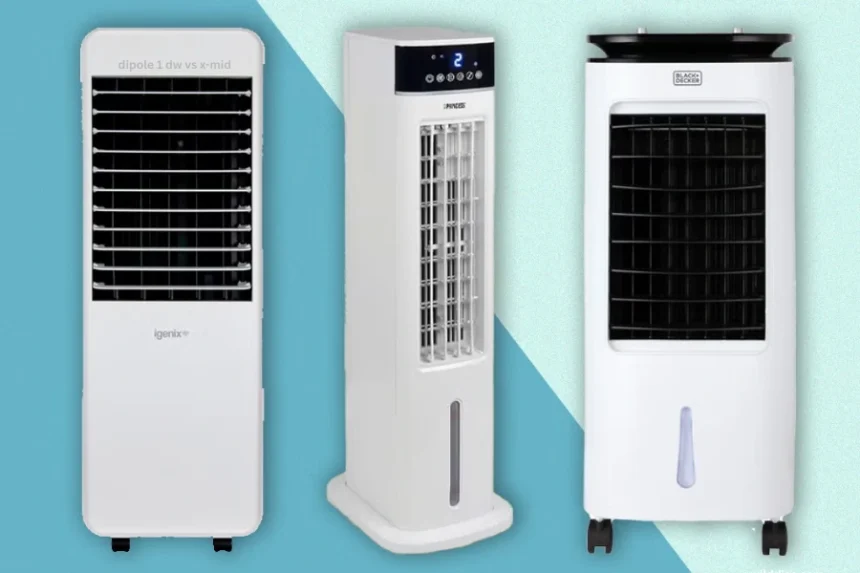When it comes to industrial cooling systems, understanding the differences between various methods is crucial for optimizing performance, energy efficiency, and cost. Among these methods, chiller base cooling and compressor base cooling are two prominent approaches used in various commercial and industrial applications. This article explores chiller base cooling vs compressor base cooling, comparing their mechanisms, advantages, disadvantages, and suitable use cases to help you determine which system is best suited for your cooling needs.
Understanding Chiller Base Cooling
Chiller base cooling is a refrigeration process where a large chiller unit provides chilled water or glycol that circulates through a building or process. The primary role of the chiller is to remove heat from the water, which then acts as a cooling medium distributed via pumps and pipes to air handling units, fan coils, or process equipment.
How Chiller Base Cooling Works
In chiller-based systems, refrigerant is compressed and expanded in a closed-loop cycle within a chiller, which houses components like the compressor, evaporator, condenser, and expansion valve. Water passing through an evaporator coil within the chiller generates heat that is absorbed by the refrigerant. After cooling, water is moved throughout the system to disperse or absorb heat from interior spaces or equipment.
Advantages of Chiller Base Cooling
High Capacity and Scalability: Suitable for large buildings, campuses, or industrial setups requiring extensive cooling.
Consistent Temperature Control: Provides stable and uniform cooling, critical for sensitive processes.
Energy Efficiency at Large Scales: When properly designed, chillers can be highly energy-efficient, especially with modern, variable-speed technology.
Longer Equipment Lifespan: Because cooling load is distributed, individual components tend to experience less wear.
Disadvantages of Chiller Base Cooling
High Initial Investment: Requires significant upfront costs for large equipment and installation.
Complex Maintenance: Operating and maintaining a chiller system demands trained personnel.
Space Requirements: Larger footprint is necessary for chiller units and associated piping.
Understanding Compressor Base Cooling
Compressor base cooling involves using compressor units directly attached or embedded into the equipment or process needing thermal regulation. In this system, the compressor is part of a localized cooling mechanism, often used in smaller applications or where targeted cooling is required.
How Compressor-Based Cooling Works
This approach typically involves a refrigeration compressor integrated into a device such as a refrigeration unit, HVAC terminal, or a small industrial cooling module. The compressor compresses refrigerant, which then passes through coils or heat exchangers to absorb heat directly from the specific target area or component.
Advantages of Compressor Base Cooling
Compact Design: Ideal for confined areas or specific cooling requirements.
Lower Initial Costs: Generally less expensive to install for small-scale applications.
Fast Response Time: Positioned close to the heat source, providing quick cooling.
Ease of Installation: Often simpler to set up compared to large chiller systems.
Disadvantages of Compressor-Based Cooling
Limited Capacity: Not suitable for large or complex cooling loads.
Higher Energy Consumption: Efficiency decreases as load increases; can be less economical for extensive use.
Maintenance Frequency: Compressors often require regular service and can experience wear and tear.
Potential for Noise: Compressors may generate noise, which might be unsuitable for quiet environments.
Comparing Chiller Base Cooling vs Compressor Base Cooling
Table
| Aspect | Chiller Base Cooling | Compressor Base Cooling |
| Scale | Large-scale, industrial, commercial usage | Small-scale, localized applications |
| Capacity | High; suitable for extensive systems | Limited; targeted cooling |
| Installation Cost | Higher initial investment | Lower initial investment |
| Operational Efficiency | Generally high at scale, energy-efficient | Less efficient as load increases |
| Maintenance Complexity | More complex, requires trained technicians | Simpler, but regular compressor maintenance needed |
| Space Requirements | Larger footprint | Compact, space-saving |
| Response Time | Moderate; depends on system size | Quick; near instant cooling |
| Application Suitability | Large buildings, campuses, industrial plants | Small equipment, localized cooling |
Which System Is Better for Your Needs?
A number of factors influence the decision between compressor-based cooling and chiller-based cooling:
Cooling Load and Scale: For large facilities, data centers, or industrial processes, chiller systems provide the necessary capacity and efficiency. For small offices, refrigeration units, or equipment cooling, compressor-based systems suffice.
Budget Considerations: Chiller systems have greater initial costs, but over time, their efficiency might result in savings. Compressor units are more affordable upfront but may incur higher operational costs for large or frequent cooling.
Space Availability: If space is limited, a compressor-based cooling unit offers a compact solution. Larger areas benefit from centralized chiller systems.
Operational Needs: For consistent, uniform cooling over large areas, chiller systems excel. Compressors are more suited for spot cooling or rapid localized cooling.
Final Thoughts
Chiller base cooling vs compressor base cooling each serve distinct purposes tailored to specific applications. Chiller systems are powerhouse solutions for large-scale, efficiency-driven cooling, ideal for commercial and industrial environments requiring uniform temperature control across extensive spaces. Conversely, compressor-based systems are best suited for targeted, smaller-scale cooling tasks where simplicity, lower cost, and quick response are priorities.
Understanding your cooling requirements, budget, available space, and long-term goals will help you choose the most effective solution for your facility or equipment. Proper selection ensures optimal performance, energy efficiency, and cost-effectiveness, keeping your operations running smoothly.



